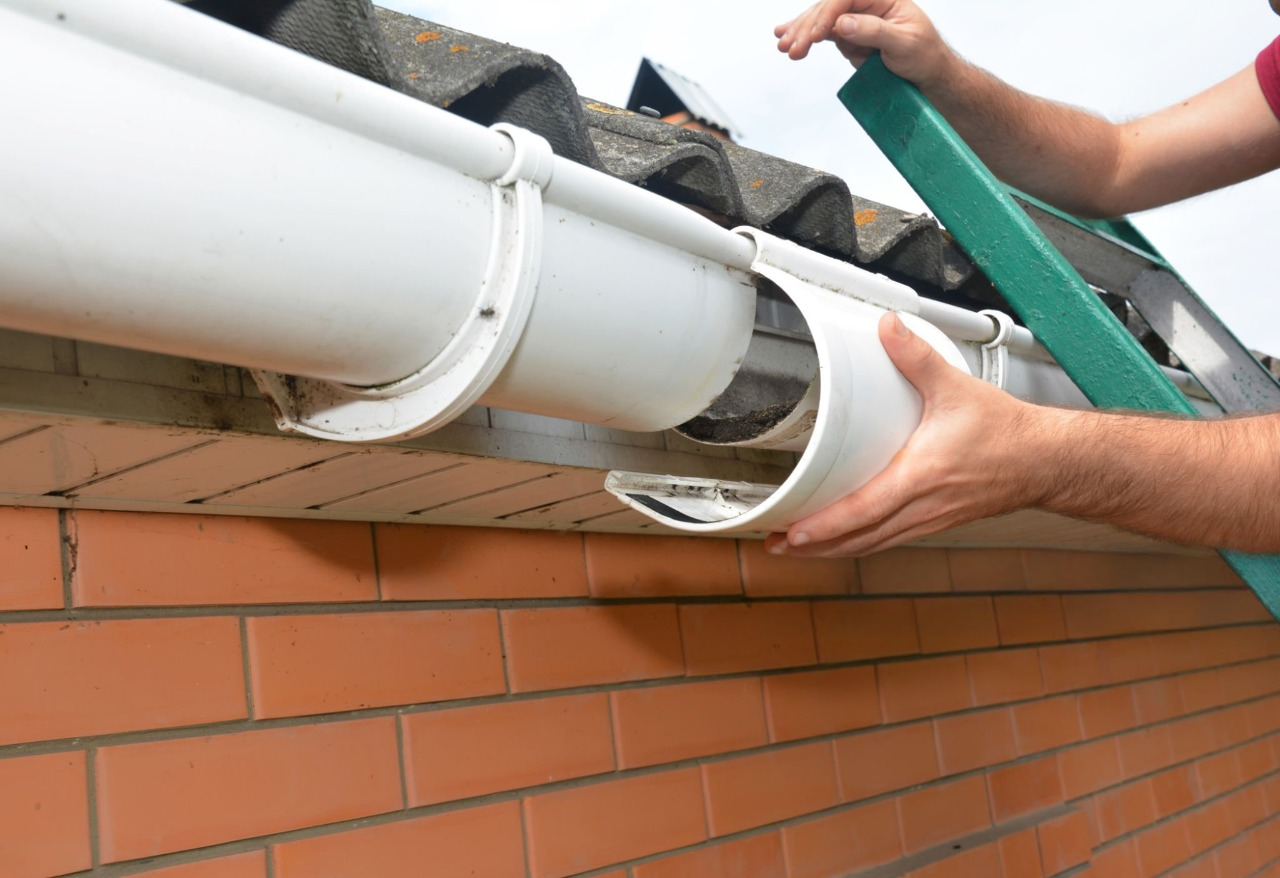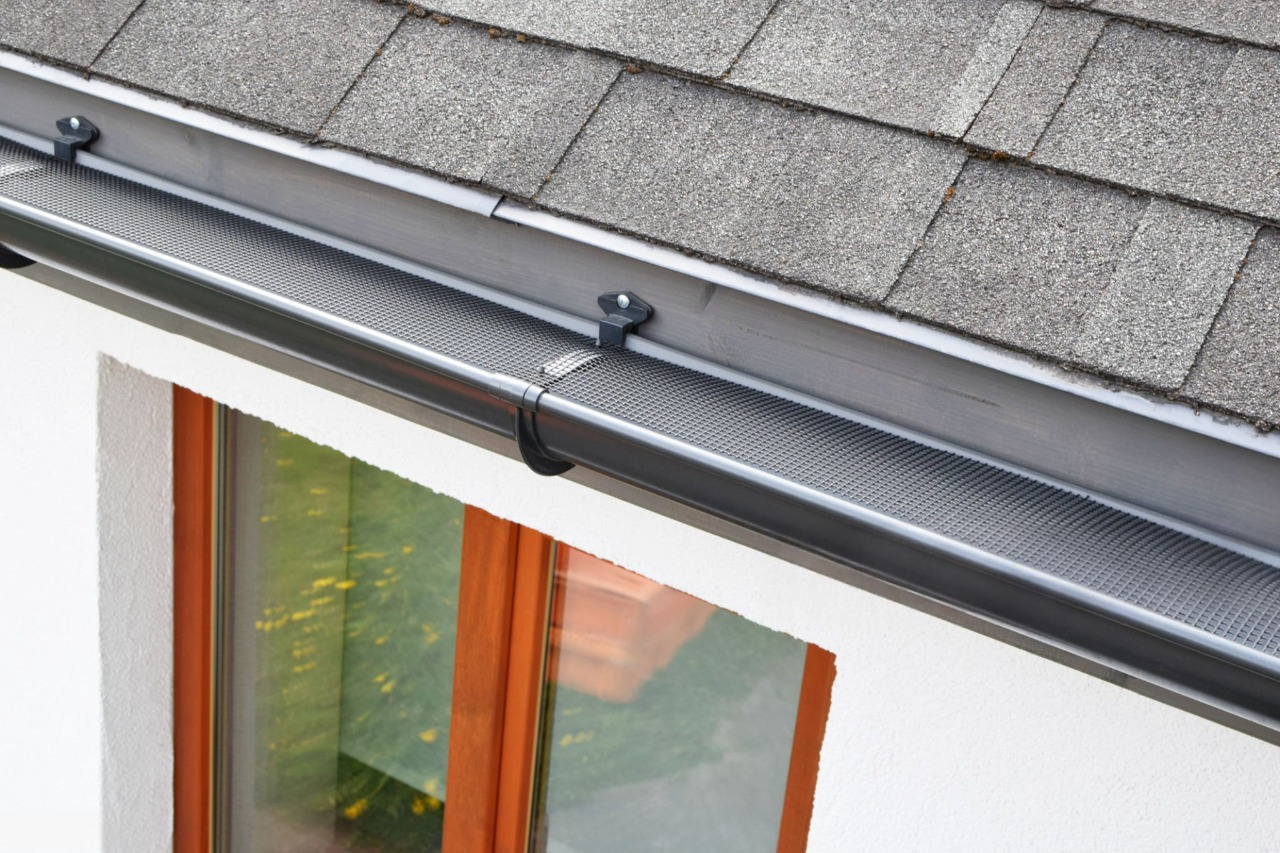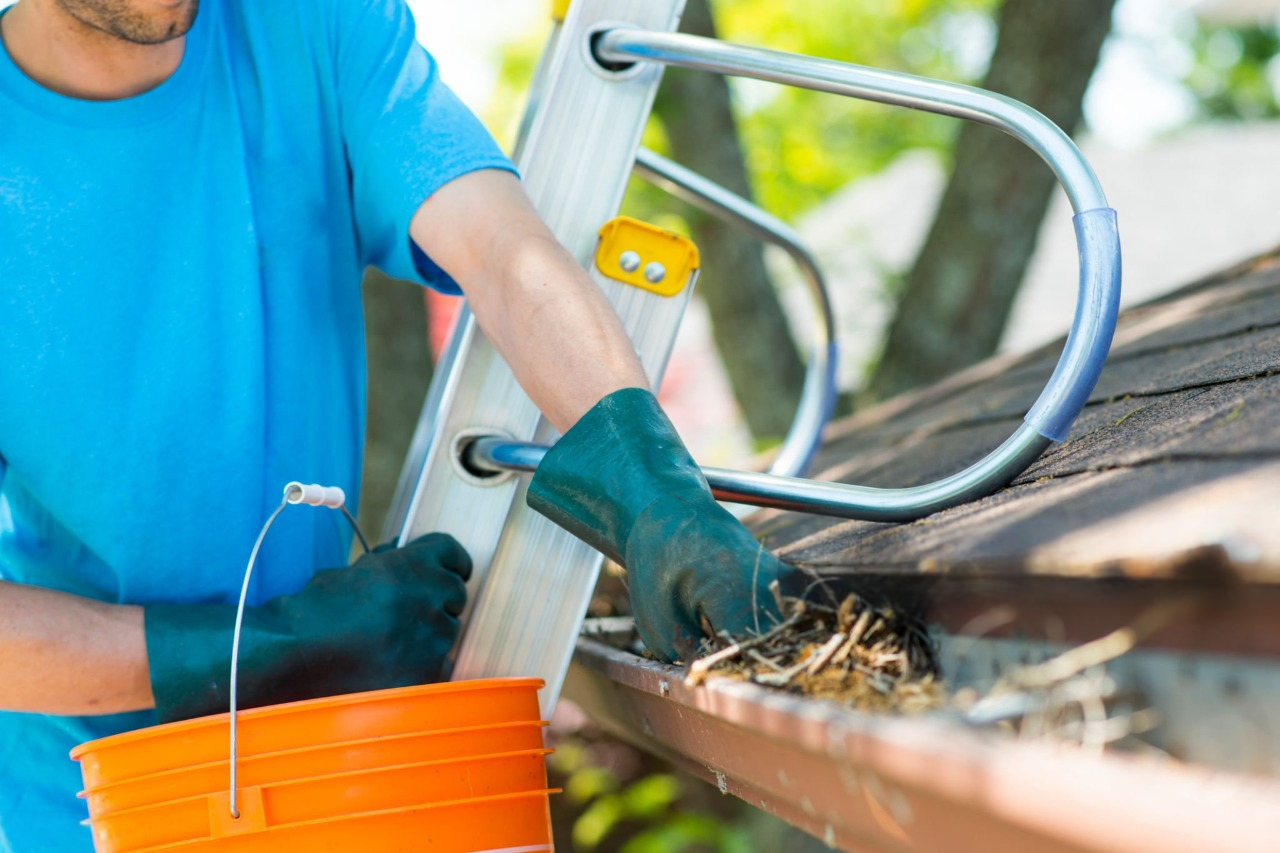Your gutters play a crucial role in safeguarding your home from water damage by directing rainwater away from your roof, walls, and foundation. However, like any other part of your home, gutters are susceptible to wear and tear over time. Regular maintenance is essential, but knowing when to repair or replace your gutters is equally important. Ignoring gutter issues can lead to serious water damage, including leaks, mold, and foundation problems. In this blog post, we’ll cover the most common signs that indicate your gutters need repair and explain why it’s critical to act promptly.
Why Gutter Repairs Matter
Before we dive into the signs of damaged gutters, it’s important to understand why timely repairs are so crucial. Gutters are designed to divert rainwater away from your home. When they are clogged, cracked, or leaking, they fail to do their job effectively, leading to water pooling around your foundation or seeping into your walls. Over time, this can result in costly damage to your home’s structure, including weakened foundations, rotting wood, and even basement flooding.
Regular gutter maintenance can prevent these issues, but it’s also essential to stay vigilant for signs that repairs are necessary. Catching problems early can save you from more extensive (and expensive) repairs down the road.
1. Water Overflowing from Gutters
One of the most obvious signs that your gutters need attention is water spilling over the sides, especially during a rainstorm. This typically occurs when gutters are clogged with debris such as leaves, twigs, or dirt. When gutters are obstructed, they can’t carry water away from the roof, resulting in overflow. This overflow not only undermines the gutter’s purpose but can also damage your landscaping, siding, and even your home’s foundation.
Why it’s important to repair: Overflowing gutters can lead to water collecting near your foundation, increasing the risk of flooding, erosion, and structural damage. Prompt repairs can prevent these serious issues and extend the life of your gutters.
2. Sagging or Pulling Away from the House
If you notice that your gutters are sagging, pulling away from the fascia, or hanging at odd angles, it’s a sign that they’re no longer securely attached to your home. This could be the result of a buildup of debris, which adds weight to the gutters, or it could indicate that the fasteners holding the gutters in place have become loose or corroded. In some cases, the gutters may be damaged beyond repair and will need to be replaced.
Why it’s important to repair: Sagging gutters are ineffective at channeling water away from your home. They can cause water to pool in areas where it can cause damage, leading to further deterioration of the gutters and your home’s structure. Acting quickly will prevent this problem from worsening.
3. Cracks or Holes in the Gutter
Over time, gutters can develop cracks or holes, often as a result of long-term exposure to the elements. While small cracks can sometimes be patched, larger holes or widespread damage may require the installation of new gutters. Water leaking through cracks can damage your home’s exterior, and if left unaddressed, the water can penetrate deeper into your walls or foundation.
Why it’s important to repair: If water is leaking through cracks, it can cause water damage to your siding, paint, and foundation. The longer you wait to repair the damage, the more expensive the repairs will be. Fixing cracks and holes promptly will help protect your home from these issues.
4. Peeling Paint or Stained Siding
Another sign that your gutters need repair is peeling paint or water stains on your siding. This usually occurs when your gutters are overflowing or leaking, causing water to run down the side of your home. Prolonged exposure to water can strip paint from your siding and cause staining, mold, and mildew growth.
Why it’s important to repair: Water damage to your siding can lead to costly repairs, including repainting or even replacing damaged materials. By repairing your gutters, you can prevent further deterioration and protect the exterior of your home.
5. Rust or Corrosion
Rust or corrosion is a common issue in metal gutters, especially in regions with high humidity or saltwater exposure. If you notice rust spots or corroded areas on your gutters, it’s time to inspect them for further damage. While minor rust can often be cleaned and treated, extensive corrosion may require replacing the affected sections or even the entire gutter system.
Why it’s important to repair: Rust and corrosion weaken the integrity of your gutters, making them more prone to leaks, cracks, and failure. Ignoring this issue can lead to water damage and the need for more costly repairs. Prompt repairs or replacements will keep your gutters functioning as they should.
6. Pooling Water Around the Foundation
If you notice water pooling around the base of your home after a rainstorm, your gutters could be to blame. Clogged or damaged gutters can prevent rainwater from being properly channeled away from your home, allowing it to accumulate around the foundation. Over time, this can lead to foundation damage, such as cracks or shifting.
Why it’s important to repair: Water pooling around the foundation can cause significant structural damage, including foundation cracks, basement flooding, and soil erosion. These issues can be expensive to repair, so addressing gutter problems promptly is essential for preventing long-term damage.
7. Mold or Mildew Growth
Mold and mildew thrive in moist environments, and if your gutters aren’t functioning properly, they can create the perfect conditions for these fungi to grow. If you notice mold or mildew on your siding, walls, or even in your attic, it could be a sign that water is seeping through your gutters and into your home.
Why it’s important to repair: Mold and mildew can lead to serious health problems and further damage to your home’s structure. Repairing your gutters promptly can prevent moisture buildup and mold growth, ensuring a healthier living environment.
8. Gutter Debris Accumulation
While not necessarily a sign of a major structural issue, an accumulation of leaves, twigs, and other debris in your gutters can be a clear indication that they need maintenance. If debris is allowed to build up over time, it can lead to clogs, blockages, and eventually water overflow.
Why it’s important to repair: Clogged gutters can cause water to overflow, damaging your home’s exterior and foundation. Regular cleaning and maintenance can prevent debris buildup, but if you notice persistent clogging or damage from debris, repairs may be necessary to keep your gutters functioning properly.
Conclusion: Don’t Delay Gutter Repairs
Your gutters may not always be the most glamorous feature of your home, but they play an essential role in protecting your property from water damage. By recognizing the signs that your gutters need repair—whether it’s water overflowing, sagging, cracks, or rust—you can take action before the problem escalates. Prompt gutter repairs can help prevent costly water damage to your home’s foundation, siding, and interior, saving you money in the long run.
If you notice any of the signs listed above, don’t wait to call a professional to inspect and repair your gutters. Addressing the problem early ensures that your gutters continue to function as they should, protecting your home and preserving its value for years to come.







